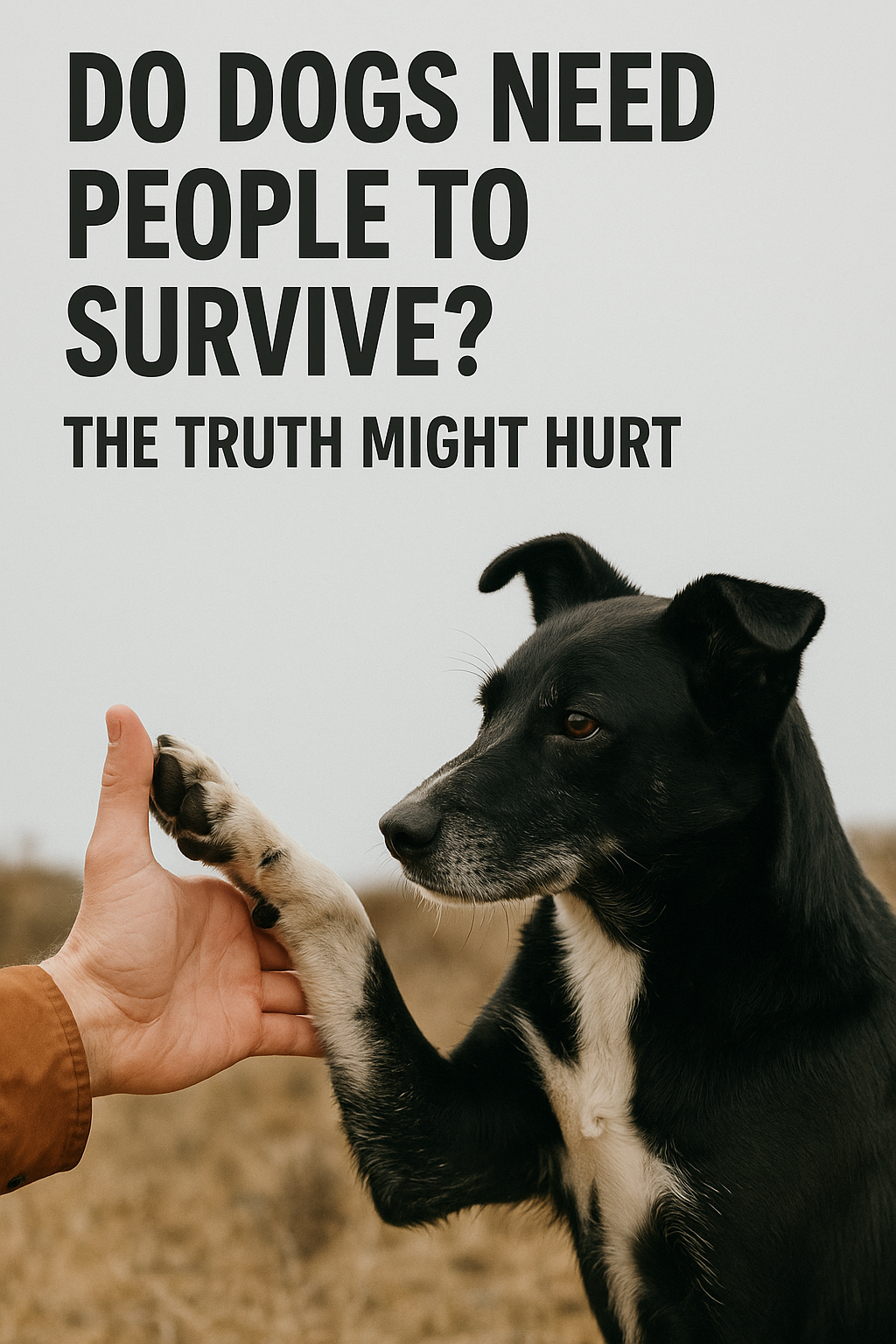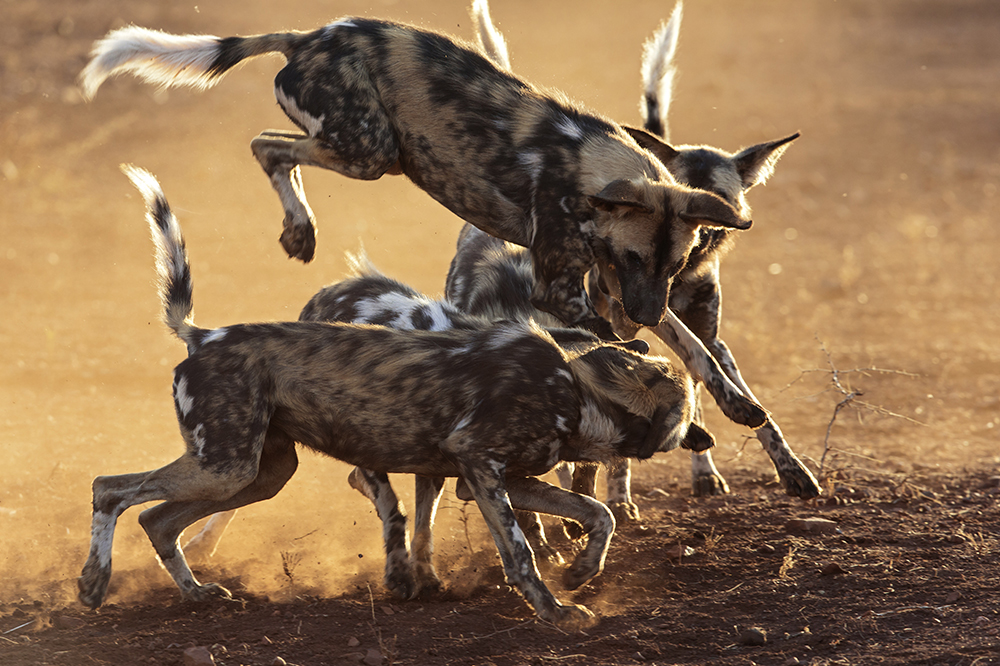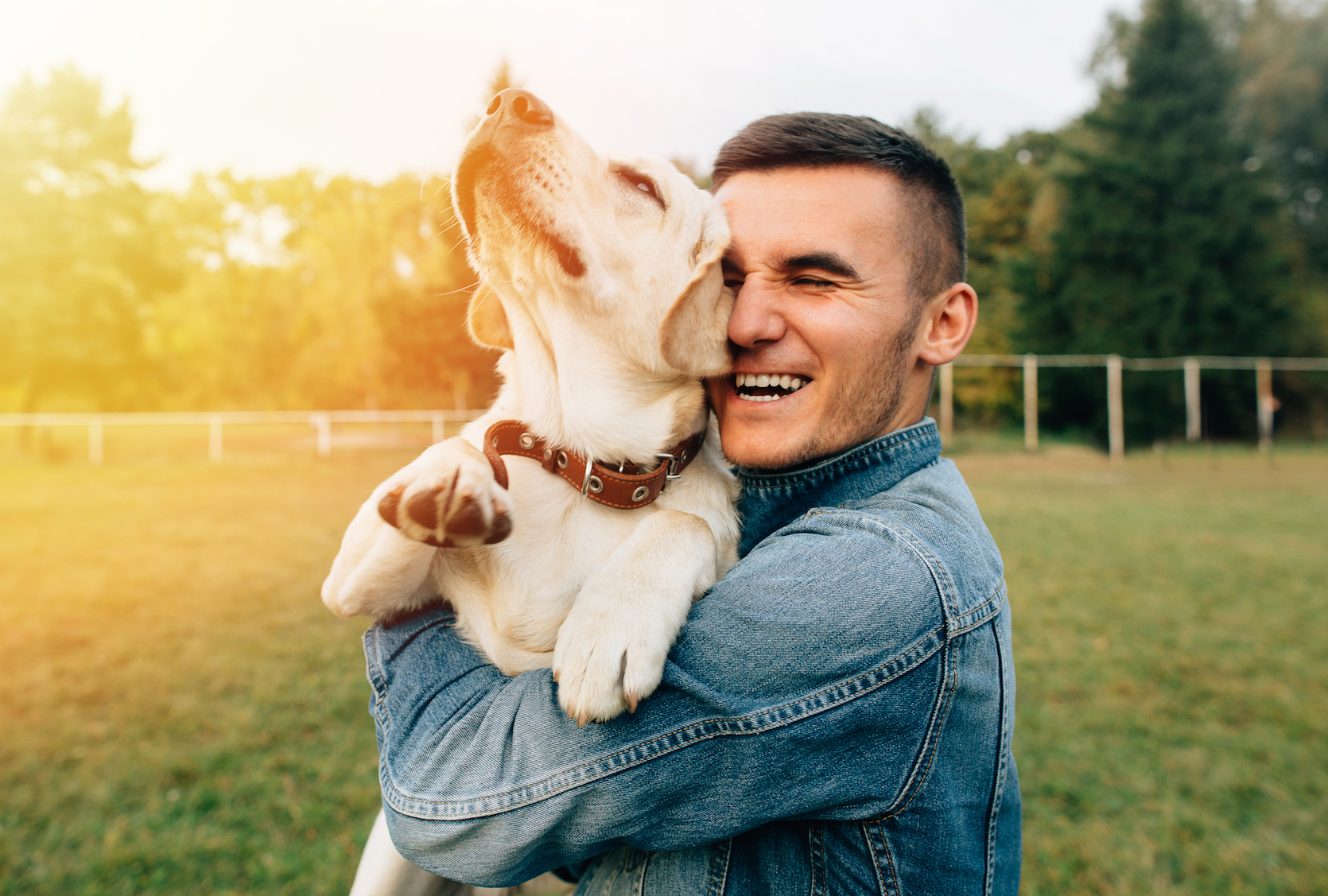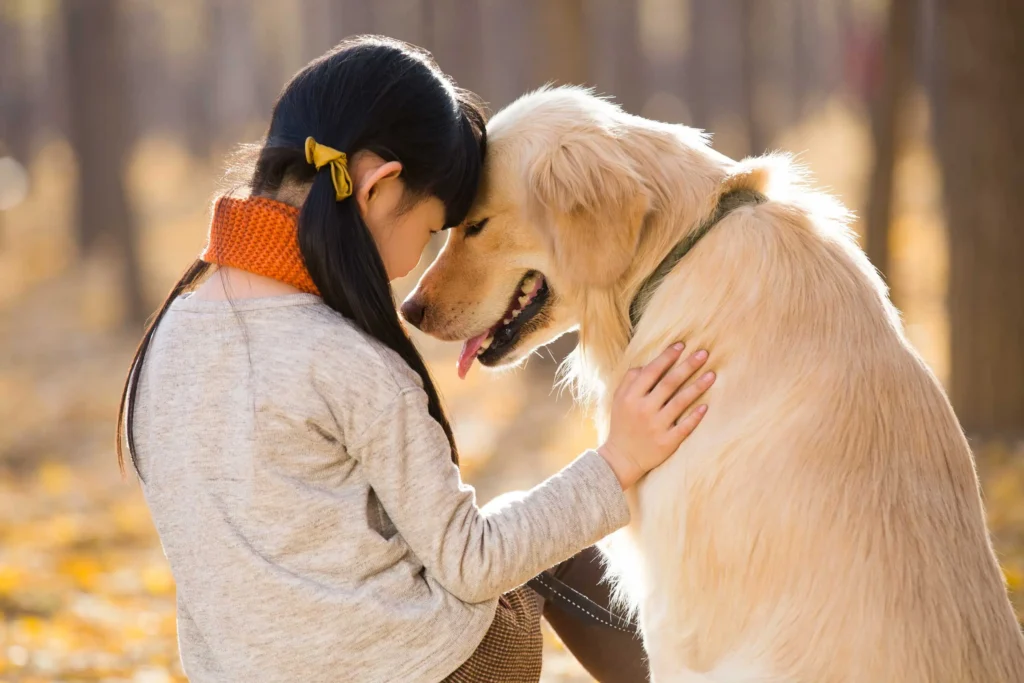“Could Dogs Survive Without Humans? A Harsh Reality”

Dogs are widely known as “man’s best friend,” a bond rooted in thousands of years of co-evolution. But the question remains: Do dogs truly need humans to survive? The answer is more complex than most pet lovers would like to admit. While domestic dogs have become emotionally and biologically dependent on humans in many ways, the survival of the species doesn’t necessarily depend on us—though individual dogs usually do.
This article delves into the evolutionary origins, domestication, behavioral changes, and dependency of dogs on humans, ultimately revealing an emotionally challenging truth: while dogs as we know them today were shaped by people, they are not entirely helpless without us.
🧬 The Origins: From Wolf to Companion
The domestication of dogs is believed to have occurred between 20,000 and 40,000 years ago, when gray wolves began interacting with human hunter-gatherer societies. These early wolves likely scavenged near human camps, gradually evolving traits—like tameness and reduced aggression—that made them more compatible with people.
This mutual relationship eventually created the domestic dog (Canis lupus familiaris), a genetically distinct species from its wild ancestor. Humans benefited from early dogs as hunters, guards, and companions; dogs, in turn, gained access to reliable food sources and protection.
🐕 Evolutionary Trade-Offs: What Dogs Gained and Lost
Over time, dogs lost many of the skills needed for independent survival in the wild, including:
- Reduced hunting instincts compared to wolves
- Weaker pack-formation behaviors, especially in modern breeds
- Physical traits (like floppy ears, shorter snouts, or specialized fur) that may hinder survival in nature
- Dependency on human care, such as feeding, shelter, and medical support
In exchange, dogs gained:
- Human attention and emotional bonding
- Cooperative behaviors tuned to human cues (e.g., following gestures, recognizing emotions)
- A diverse set of breeds, each with unique strengths but also unique vulnerabilities


🐾 Feral Dogs vs. Pet Dogs: The Survival Divide
The question of whether dogs can survive without people must differentiate between individual pet dogs and feral dog populations.
🔹 Feral Dogs
Feral dogs are domestic dogs that live independently of humans, often in urban or rural environments. These dogs:
- Survive by scavenging or hunting small animals
- Form loose packs but lack the complex social structures of wolves
- Often live shorter, harsher lives due to disease, starvation, and injury
Despite the challenges, feral dogs do survive without human support—demonstrating that dogs can adapt to life without people, though often with great hardship.
🔹 Pet Dogs
In contrast, most pet dogs today could not survive long on their own:
- Many lack the instincts to find or hunt food
- Breeds like French Bulldogs, Chihuahuas, and Pugs suffer from health issues requiring constant care
- They are often physically ill-equipped to deal with environmental extremes or defend themselves
💔 The Emotional Dependency: A One-Sided Reliance?
Modern dogs are not just biologically shaped by humans—they are emotionally tied to us. Studies show that dogs:
- Exhibit distress when separated from their owners
- Can suffer from depression, anxiety, or behavioral issues when neglected
- Form strong social bonds that mirror human attachment systems
Interestingly, this emotional dependency is not always reciprocal—many dogs rely on humans for their entire sense of safety and belonging, but not all owners provide consistent care or affection.
🌍 Ecological Perspective: Are Dogs a Human-Created Species?
From an ecological viewpoint, dogs are considered a domesticated, artificial species—one shaped almost entirely by selective breeding, controlled environments, and human influence.
Without humans:
- Some dogs might survive and adapt, as feral populations show
- Others would likely die out due to inability to fend for themselves or reproduce
- The diversity of specialized breeds would collapse over time in favor of more adaptable, mixed-breed forms
Dogs could persist in some form, but the domesticated companions we know—trained, social, and bred for human-centered traits—would not.
🧠 The Human-Dog Contract: A Moral Question
The fact that many dogs can’t survive without us poses a moral responsibility:
- We created animals that depend on us emotionally and physically
- Abandonment, neglect, or overbreeding contributes to millions of stray, suffering, or euthanized dogs annually
- Ethical dog ownership requires lifelong care, not just emotional comfort

✅ Conclusion: Yes—and No
So, do dogs need people to survive?
- As a species? Not necessarily. Dogs can exist in feral states, albeit less comfortably and safely.
- As individuals? In most cases, yes—especially domesticated pet dogs, who rely on humans for everything from food to companionship.
The truth may be hard to hear: we’ve created a world where many dogs can’t live without us, even though they may not have chosen this dependency. In return, we owe them care, understanding, and respect—not just affection.




